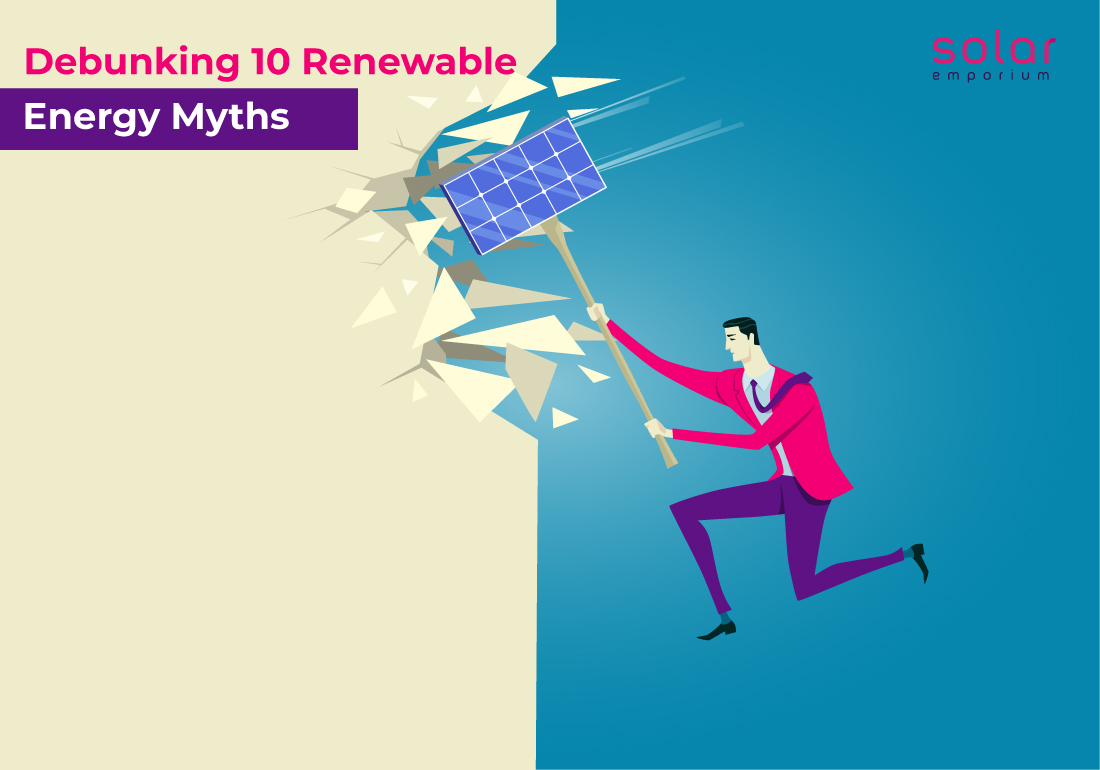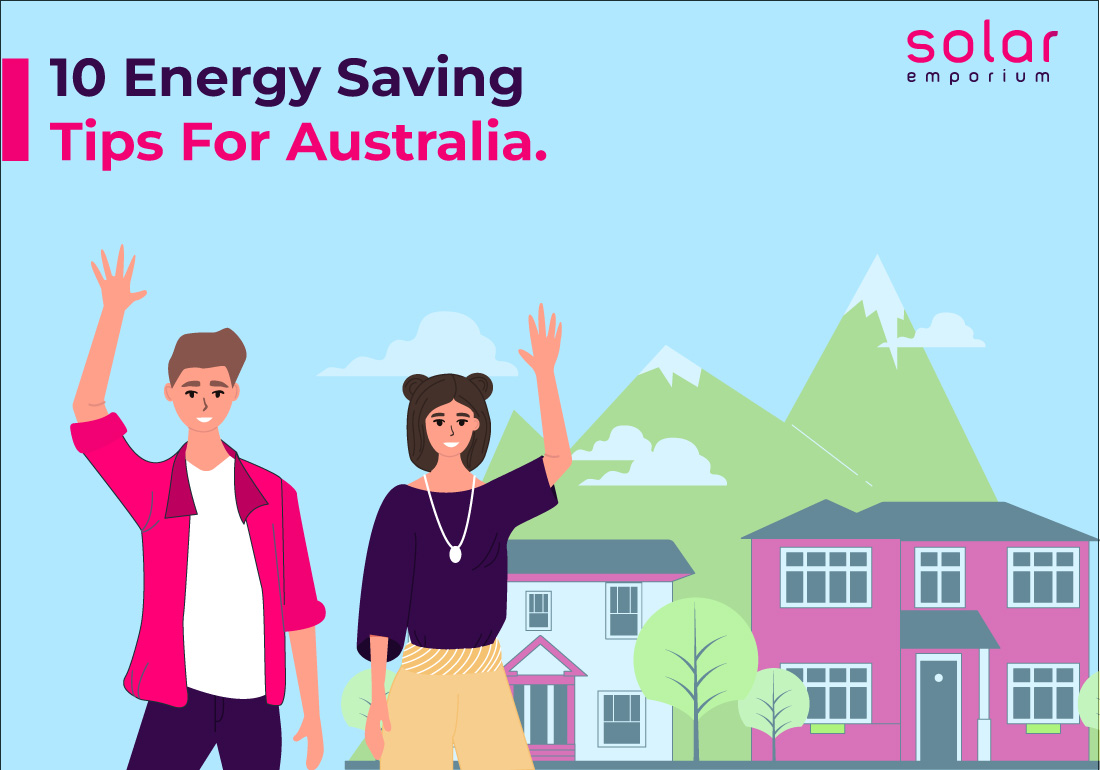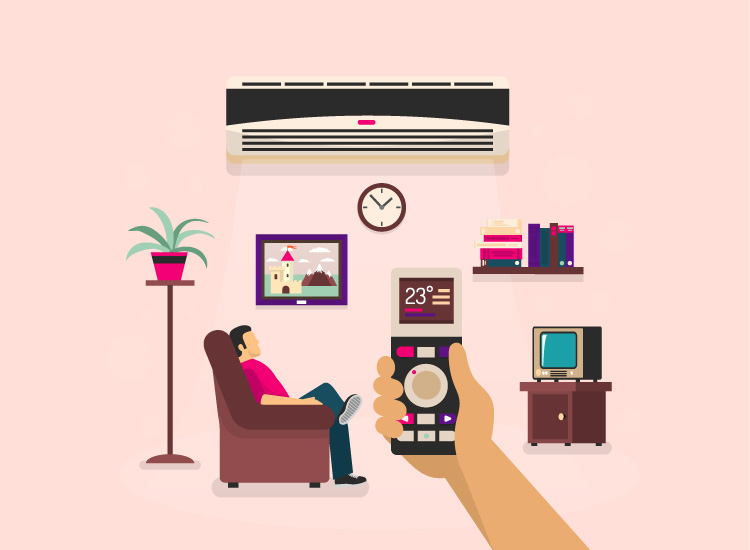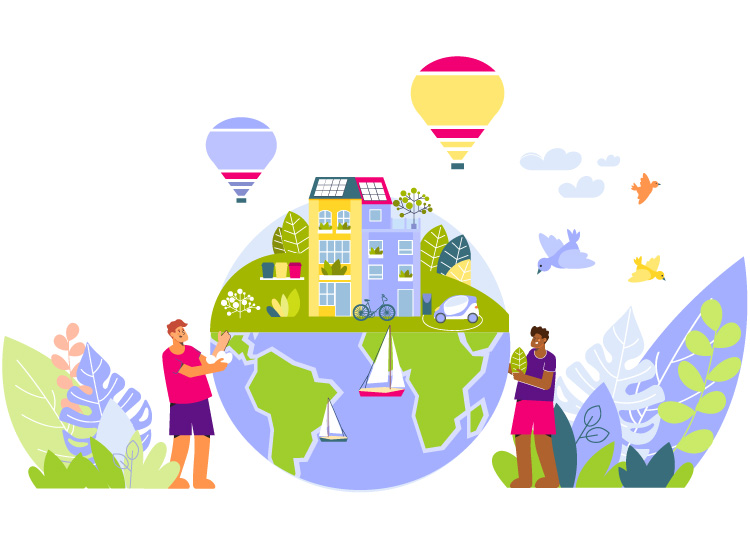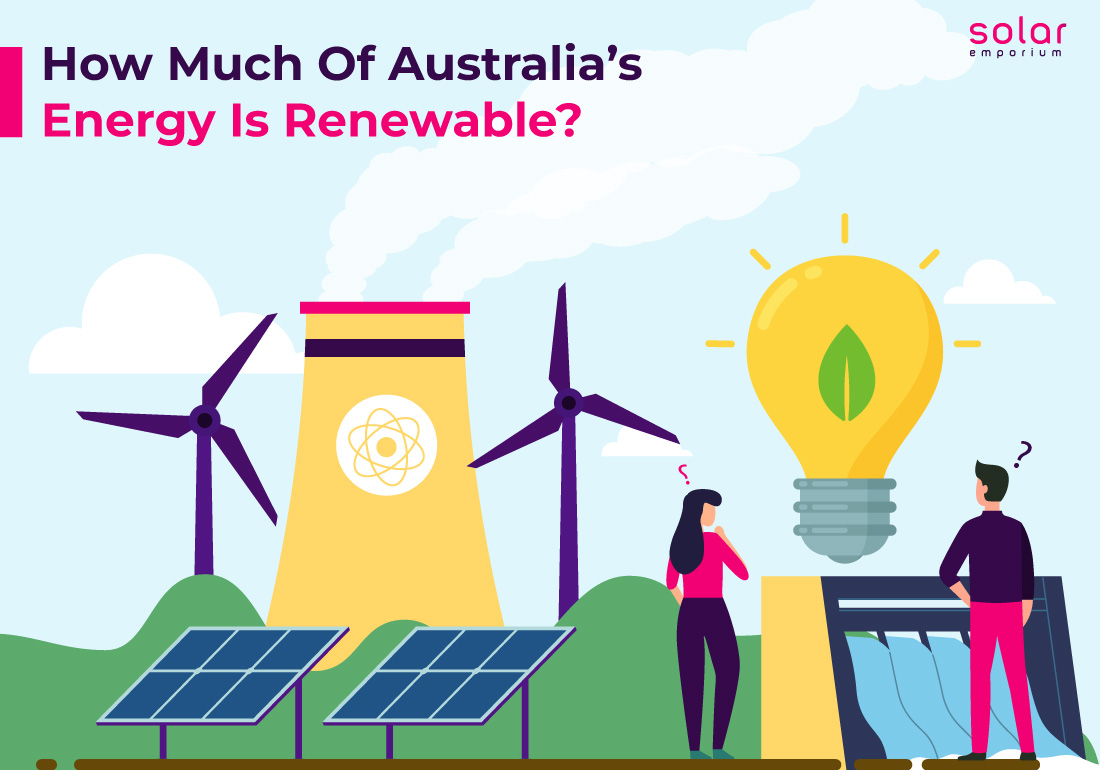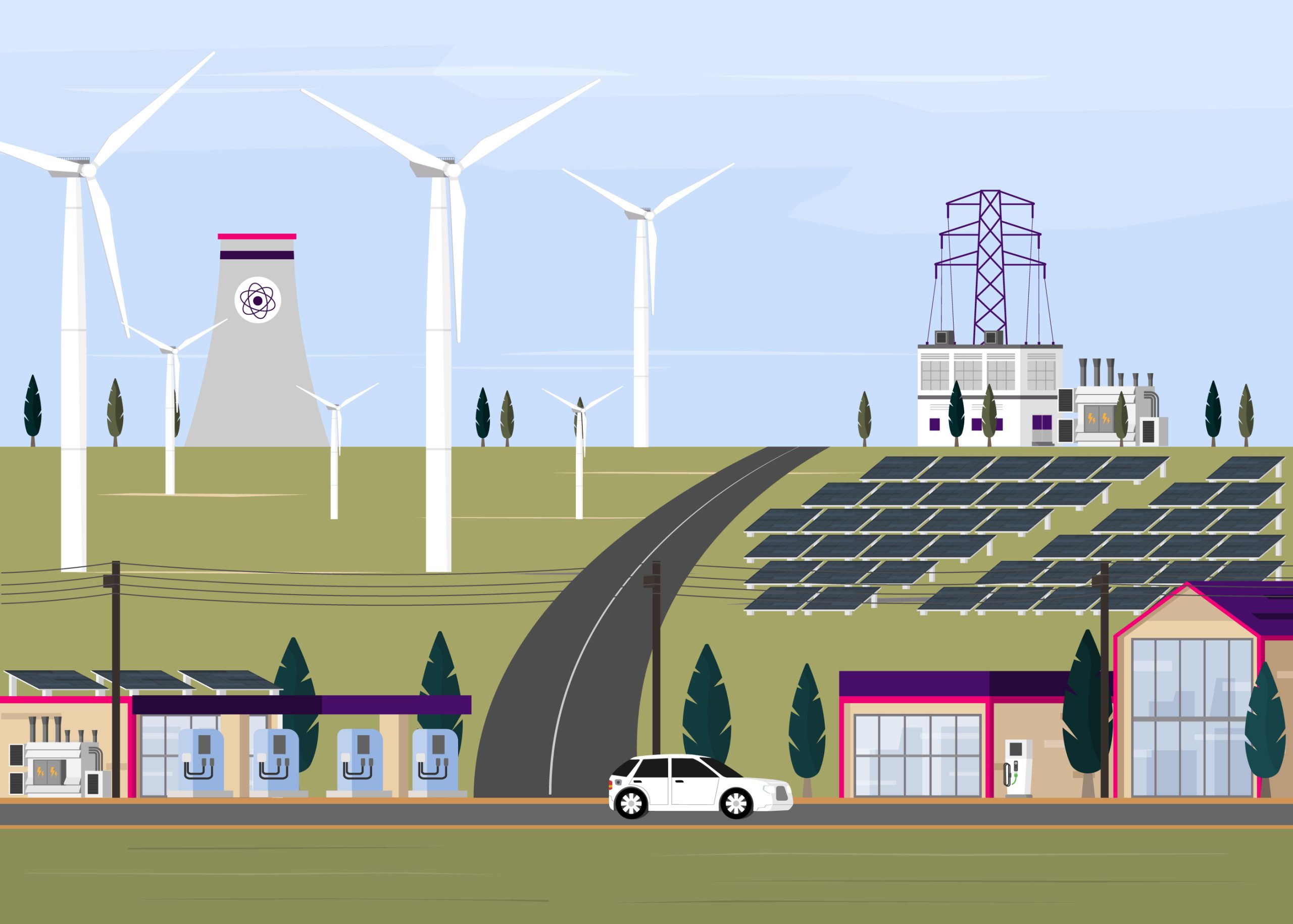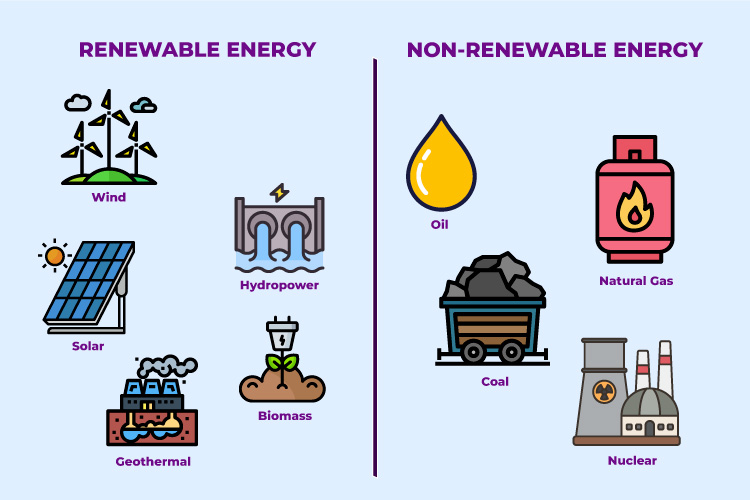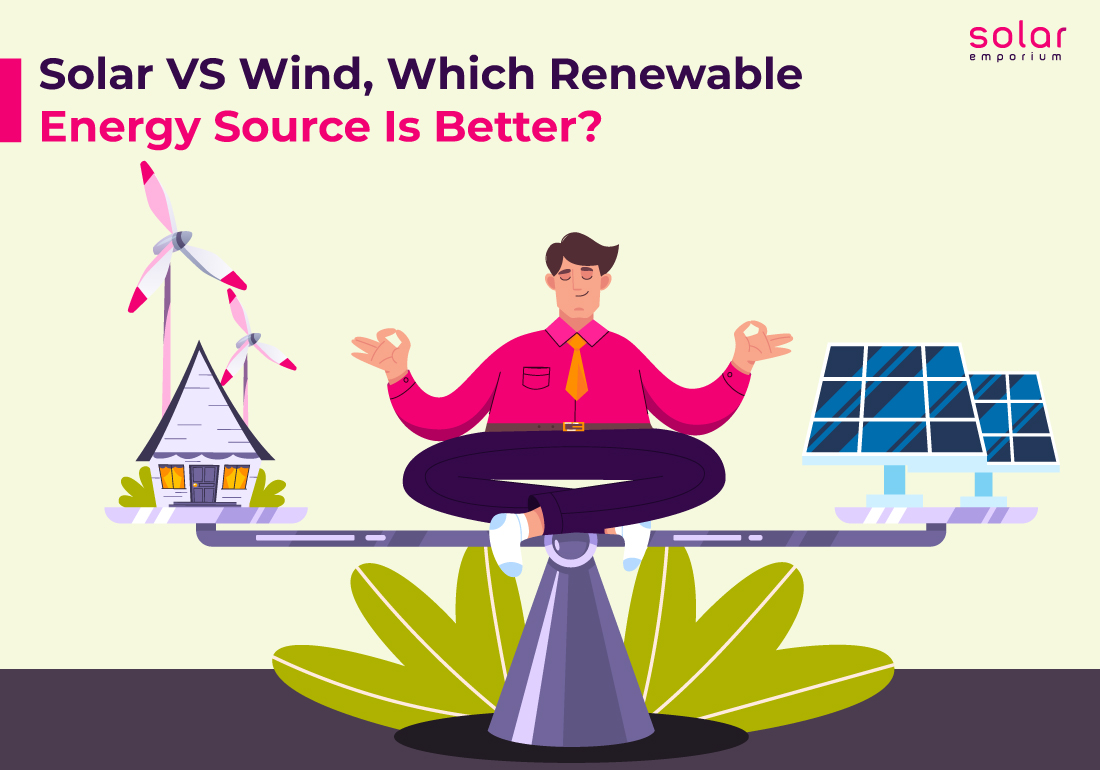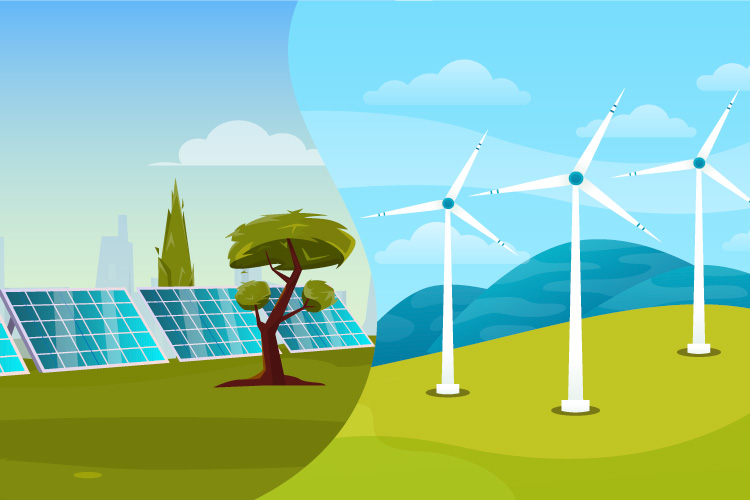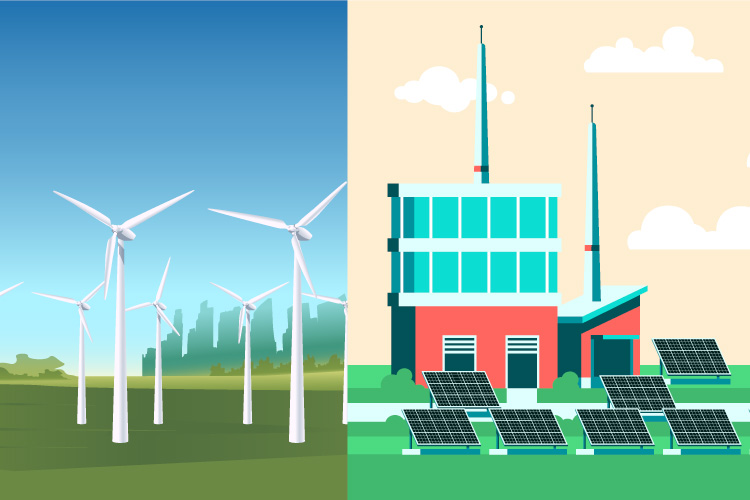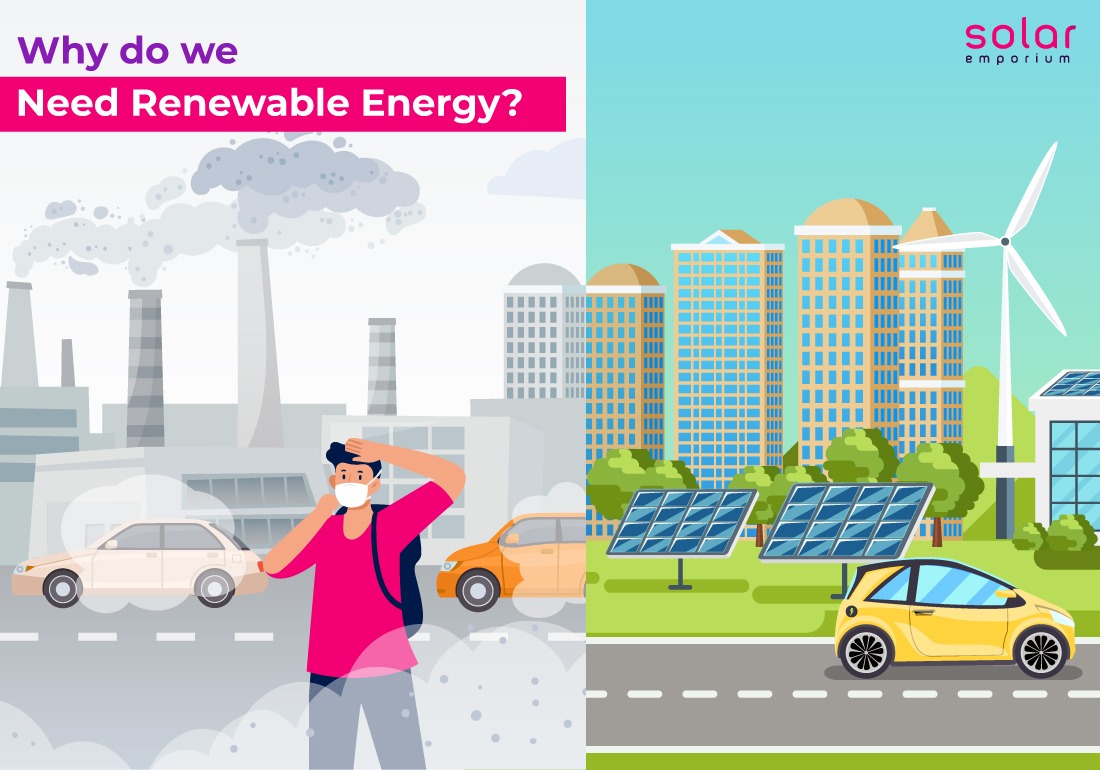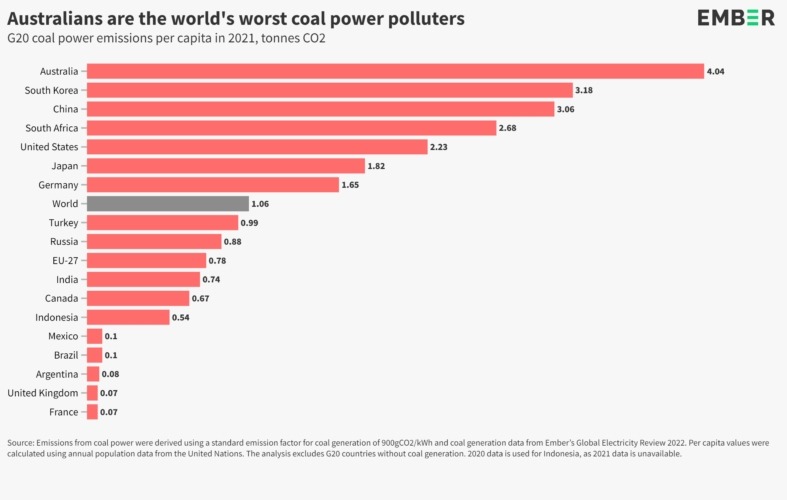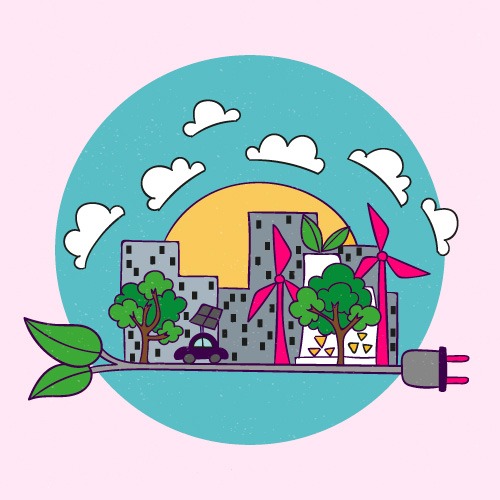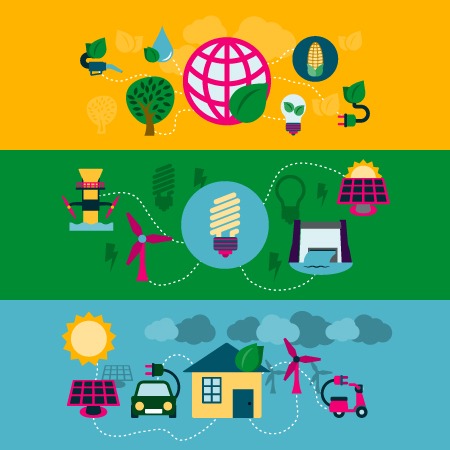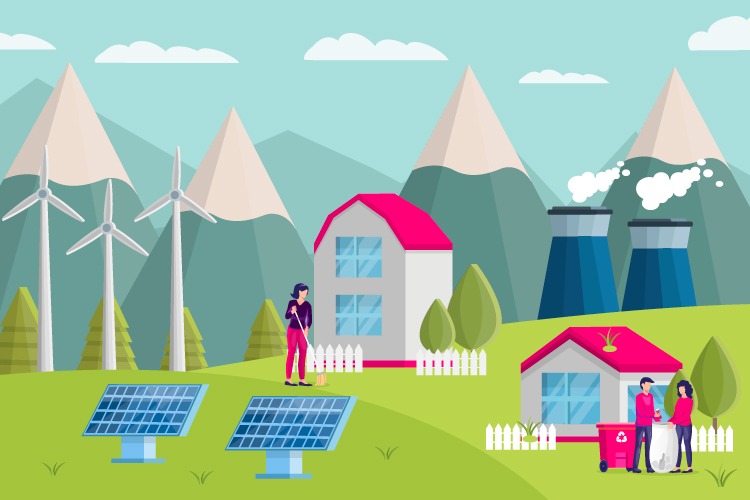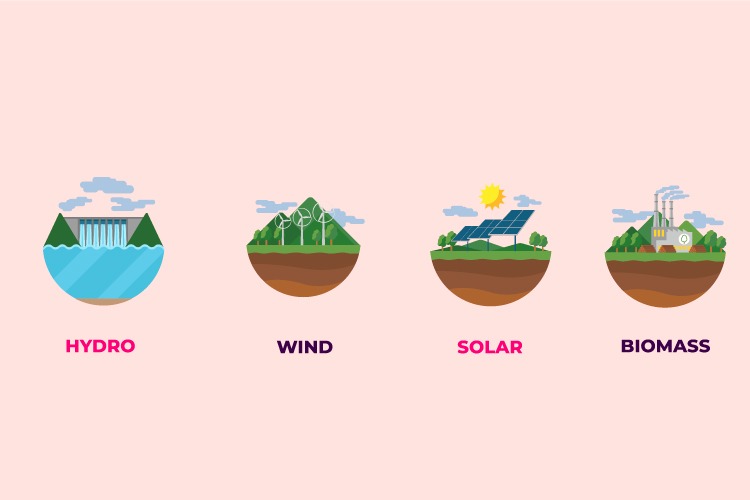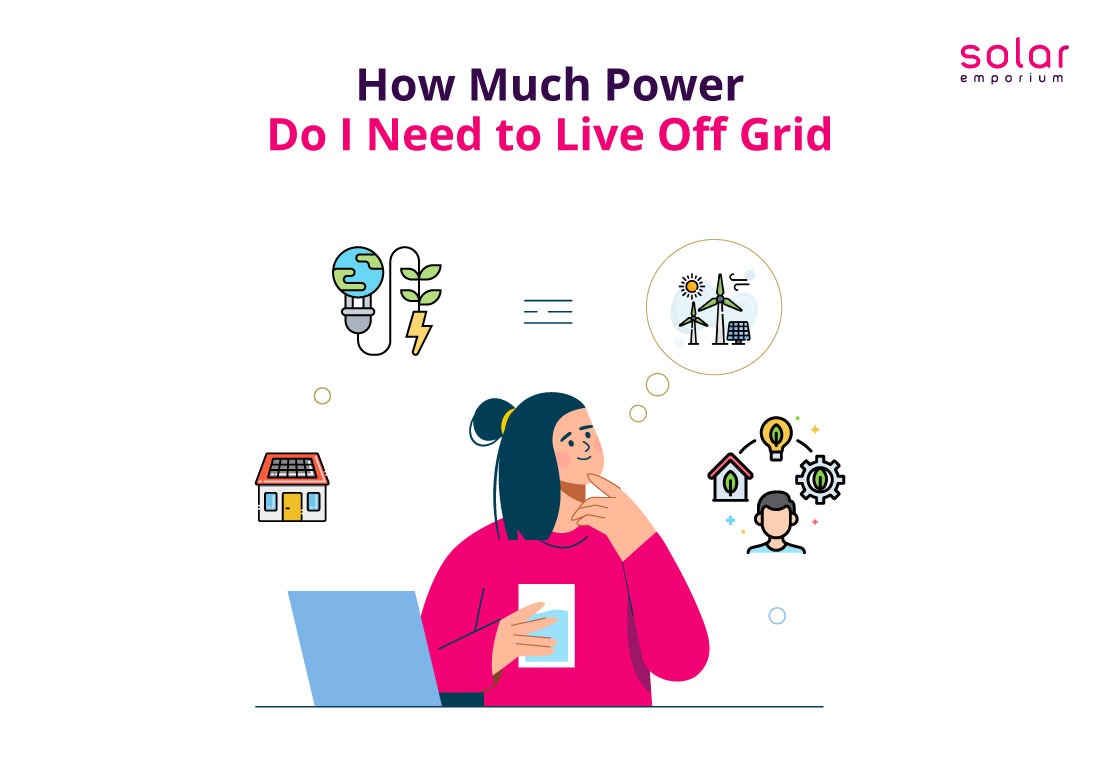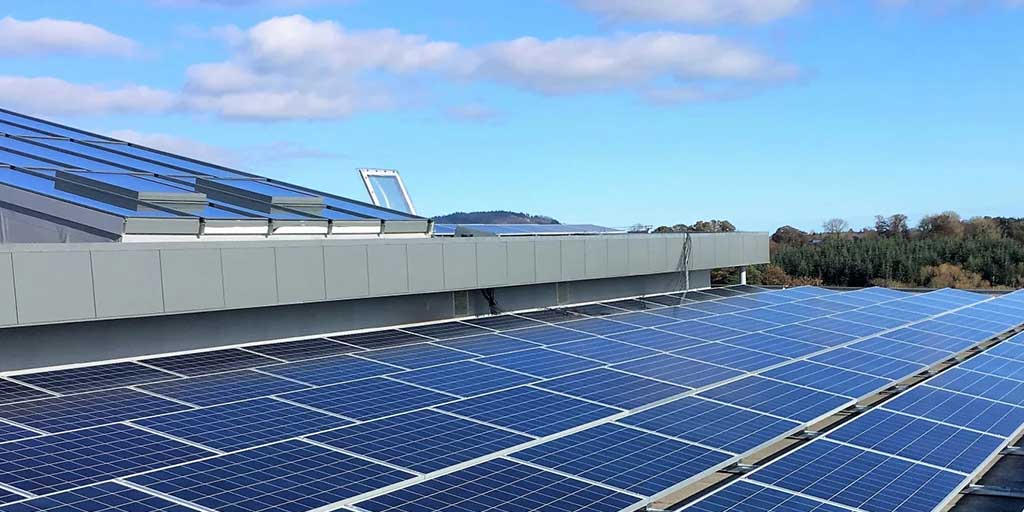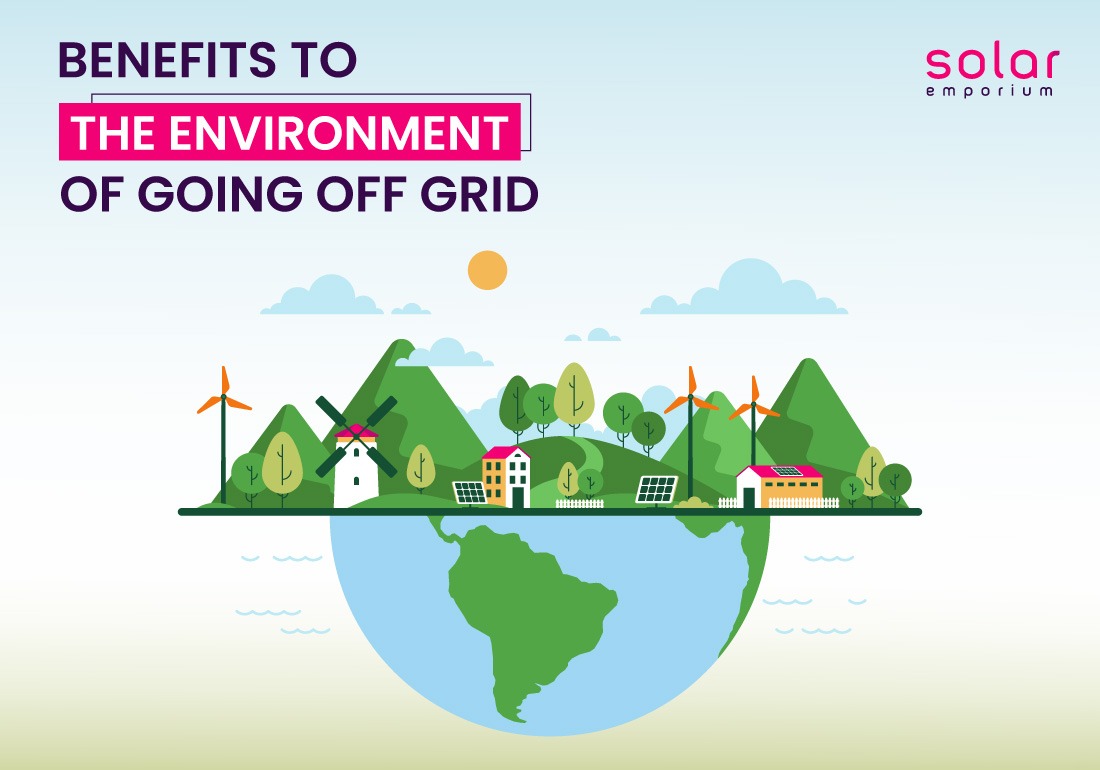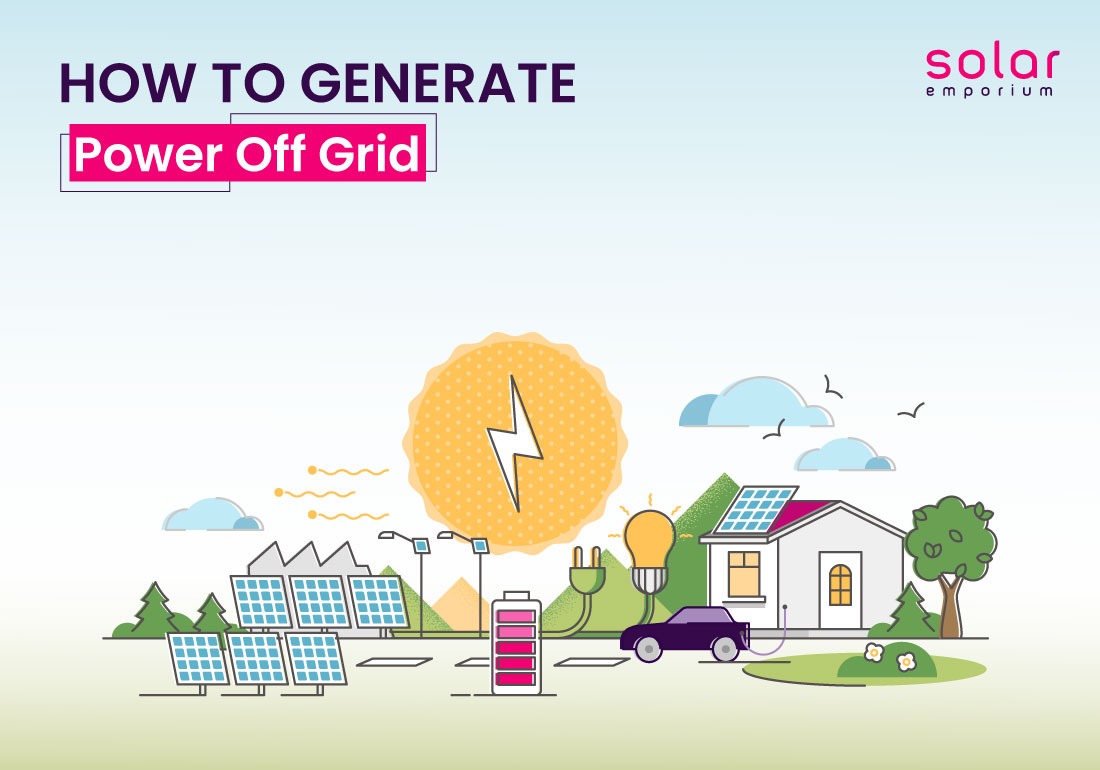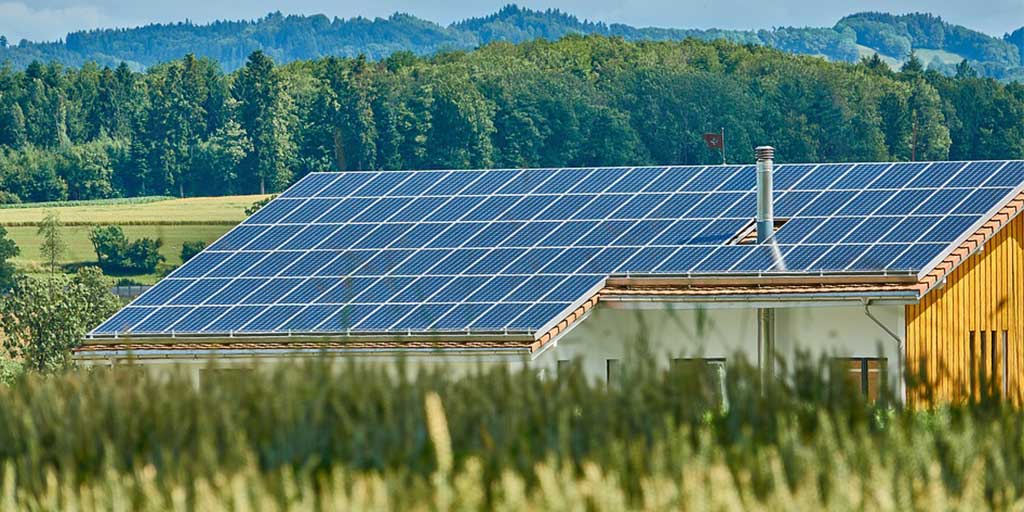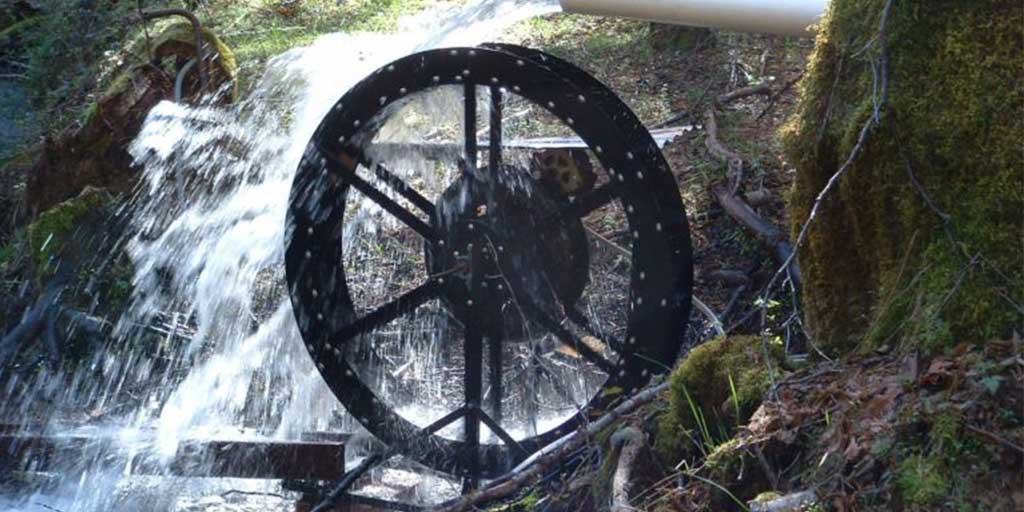The renewable energy transition is crucial to prevent climate change. It is also the easiest way to ensure everyone in Australia can access infinite electricity. Renewable energies vary from fossil fuels because they are infinite, diverse, and provide viable solutions for all parts of the globe. Most significantly, renewable energies do not pollute the environment.
Although having numerous benefits, many myths about renewable energy still prevail. And in this article, we will be debunking 10 renewable energy myths around Australia.
Renewable Energy Is Expensive
Renewable energy being expensive is one of the most widespread myths. It is now the cheapest new electricity source in countries, especially Australia.
It is not only less expensive, but also more efficient. Compared to fossil fuels, renewable energy is nearly 100% efficient at the point of consumption. And to everyone’s surprise, renewables can be produced and managed locally.
Transitioning To Renewables Is Expensive
Another myth regarding expenses exists in the energy industry. Most people think transitioning to renewable energy sources will be more costly in the long run. However, research and studies show that switching to renewables will save millions. The initial switch to green energy might cost some extra bucks, but the payback is significantly cheaper.
Renewables Do Not Ensure High Demand
Clean energy entirely ensures high power demand! Australian citizens can 100% shift to renewables regarding electricity usage. Energy storage systems have advanced by leaps and bounds. The technology might enable a grid powered entirely by renewable energy.
According to research, by the middle of this century, two-thirds of the world’s power will be provided by renewable energies. And electricity will cover 40% of global end-user demand for energy. Additionally, 63% of this will be generated by solar PV and wind. Global energy consumption and increased electrification will likely increase significantly by 2050.
Phasing Out From Fossil Fuels Will Increase Job Losses
The statement provided above needs to be corrected immediately. According to this report, the transition is expected to create 10.3 million jobs by 2030, tripling the current level. At the same time, measures promoting energy efficiency would create millions more jobs.
Workers in renewable energy earn higher and more impressive salaries when compared to all workers nationally. And it will be available to people working in the present energy sector.

Investing On Renewable Energy Is Difficult
Investing in clean energy is fairly easy. Solar companies’ profits are expected to rise largely. Solar panels are a wise investment in all Australian states, regardless of how much energy you use.
Although the initial cost, and long-term savings, solar panels are still a great investment in Australia. And payback period can all vary substantially.
Renewable Utilities Stocks List Australia 2023 will provide a detailed overview of investment opportunities to make your investment journey easier.
Solar Energy Is Useless At Night
Obviously, solar plants do not typically work at night, just as wind farms do not operate when there is no wind. But, advances in battery storagetechnology and dropping costs make it possible to store electricity and supply it later. Even at night or when there is no wind or urgent need.
Furthermore, one of the key advantages of renewable technologies is their complementarity. They are completely combinable to achieve the optimal solution in each circumstance.
Wind Turbines are Tough To Maintain
There are quite a few myths surrounding wind turbines. Like it’s noisy, takes up a lot of space, and takes up more energy if not managed properly. The actual scenario is quite the opposite.
Each wind turbine creates enough renewable energy to power approximately 2,000 homes. The emissions produced by the manufacture and dismantling of a wind turbine represent approximately 1% compared to coal, gas, or fuel oil power stations. And this does not include the CO2 emitted during the construction of those fossil fuel stations. Turbines are also very easy to manage, as they silently collect wind and transform it into electricity.
Renewables Are Harmful To The Environment
Data says the opposite. Renewable energy emits far fewer greenhouse gases than fossil fuels. This may appear apparent, but how frequently it is questioned is surprising.
Opponents of renewable energy point out that solar panels have a 25-year lifespan before they need to be replaced. Yet, they neglect that 80 percent of the materials in these solar panels are recyclable. Additionally, efforts are being undertaken to recycle the remaining components.
Some claim that battery storage increases emissions. But this only happens when batteries are used with the support of fossil fuels. Nevertheless, battery and other storage technologies are rapidly improving. That makes them an increasingly important part of the renewable energy future.
Green Energy Is Not Sustainable
Renewable energy sources are the polar opposite of finite energy sources such as coal and gas. Furthermore, using fossil fuels to generate energy contributes to climate change.
Green energy sources are constantly and organically renewed. Hence, renewable energy is sometimes referred to as sustainable energy. Renewable sources are infinite and the most sustainable.
Only Homeowners Can Enjoy Renewable Energy
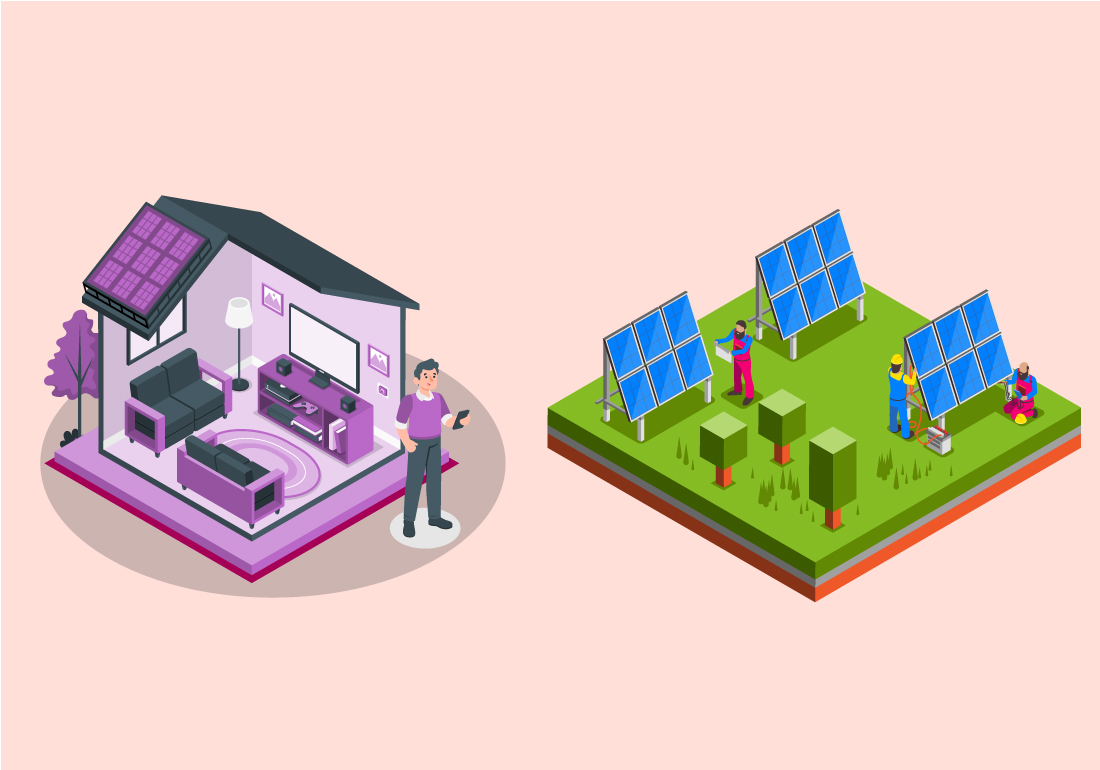
Homeowners are only a small fraction of the population who can benefit from clean energy sources. Many commercial spaces and utility-level businesses are fully taking advantage of renewable energy. Large-scale and small-scale solar\ renewable energy farms have gotten quite popular in Australia. Most businesses have shifted to sustainable energy because of these numerous benefits.
Let’s Leave the Myths Behind
With any innovation, there are questions about how effectively it will function. While renewable energy has its skepticism, switching to it is inevitable. Because of many renewable energy technologies.
Sustainability is important, and we make amazing progress when everyone does their share. After all the energy myths debunked, it’s time to move forward sustainably.
